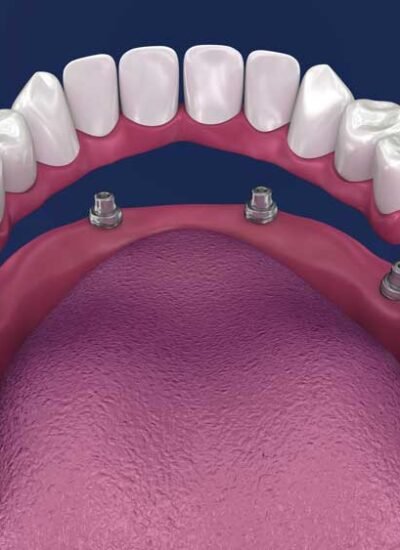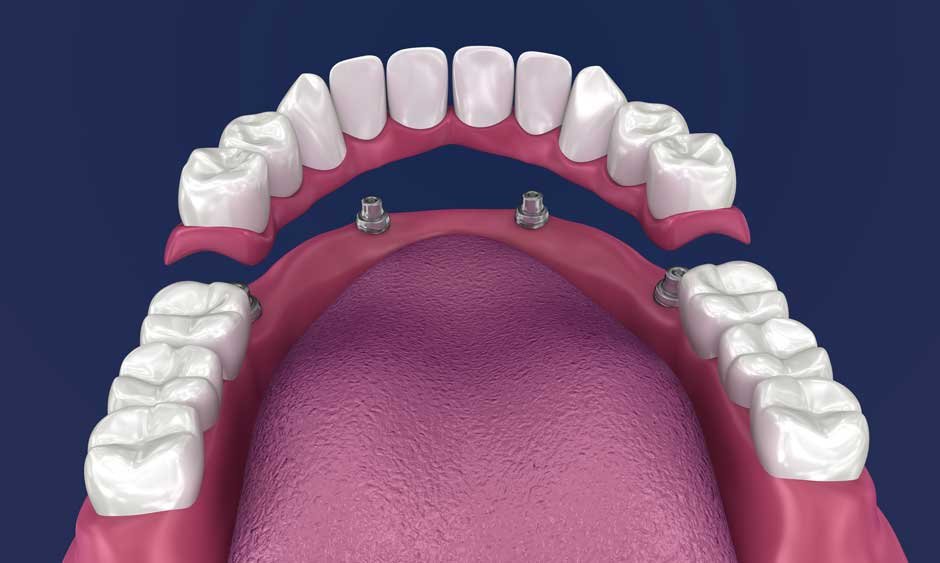A slipping plate that clicks when you talk, a tiny gap that catches spinach, or an entire row of missing teeth—each scenario begs a different solution. Modern prosthodontics offers three main categories of dentures: complete, partial, and implant-supported. They vary in price, stability, and how closely they mimic natural chewing. This article breaks down the key differences, busts common myths, and helps you walk into your consultation speaking the lingo. When you’re ready for specifics, your next stop is the practice’s page on types of dentures.
Why Dentures Still Matter in the Age of Implants
Dental implants dominate headlines, yet millions choose removable dentures every year. Why? Not everyone has the bone density, medical clearance, or budget for full-arch implant therapy. Even patients who plan on implants often wear an interim denture during healing. Instead of viewing dentures as old-fashioned, think of them as customizable tools that bridge the gap—sometimes literally—between tooth loss and long-term reconstruction.
Complete Dentures: Full-Arch Freedom on a Budget
What They Are
Complete (traditional) dentures replace every tooth in an arch—upper, lower, or both. A pink acrylic base rests on the gums; acrylic or resin teeth restore your smile line. Adhesive or natural suction keeps them in place, especially on the palate-covered upper plate.
Where They Excel
- Affordability – Often the most economical way to regain a full smile.
- Speed – From impressions to insertion can be as quick as three weeks.
- Aesthetics – Modern tooth shades and gum tints fool casual observers.
The Trade-Offs
- Stability – Lower plates, which lack a broad palate for suction, can shift while talking or eating.
- Bone Loss – Without roots or implants to stimulate the jaw, bone resorbs over time, changing the fit.
- Dietary Limits – Crunchy apples, chewy steak, or sticky caramels may stay on the “no” list unless you slice, soften, or swap foods.
Best For
- Patients missing all teeth who need a fast, cost-conscious fix.
- Seniors whose systemic health makes surgery risky.
- People planning future implants but requiring a provisional smile now.
Partial Dentures: Filling the Gaps Without Crowns or Bridges
What They Are
A partial denture fills spaces while leveraging healthy neighbor teeth for support. Metal or flexible resin clasps hug natural crowns, and a lightweight frame supports replacement teeth only where needed.
Stand-Out Benefits
- Conservative – No drilling of adjacent enamel, unlike fixed bridges.
- Expandable – If you lose another tooth later, the lab can add to the framework.
- Easy Repairs – Broken clasps or worn teeth swap out quickly.
Points to Consider
- Aesthetic Clasps – Metal hooks may peek when you laugh; clear nylon options cost more but hide better.
- Learning Curve – Getting used to inserting and removing the framework takes practice.
- Bone Under the Gaps – Just like complete dentures, partials don’t stop resorption in empty sockets.
Best For
- Patients missing several—but not all—teeth in a single arch.
- Budget-minded adults who want a reversible solution.
- Younger patients postponing implants until after growth plates close.
Implant-Supported Dentures: The No-Slip Hybrid
What They Are
Titanium implants—usually two to six per arch—anchor a denture. The appliance may click onto studs (snap-in overdenture) or screw in permanently (fixed hybrid bridge). Either way, implants transfer chewing forces to bone, boosting stability and preserving jaw height.
Core Advantages
- Rock-Solid Fit – Laugh, sneeze, or bite an apple without fear of lift-off.
- Bone Preservation – Implants mimic roots, keeping the jaw from shrinking.
- Improved Taste and Speech – Upper hybrids often skip a full palate plate, freeing taste buds and tongue movement.
Possible Downsides
- Up-Front Cost – Surgical placement plus custom prosthetics tops the chart.
- Healing Time – Expect three to six months of osseointegration before final teeth.
- Maintenance – Fixed hybrids need professional removal for deep cleaning twice a year; overdenture attachments wear and require periodic service.
Best For
- Active adults who hate adhesive and demand stability.
- Patients with progressive bone loss who want to halt further shrinkage.
- Anyone ready to invest in the most lifelike feel short of natural teeth.
How to Choose: A Side-by-Side Snapshot
|
Feature |
Complete Denture |
Partial Denture |
Implant-Supported |
| Cost | $ – lowest | $$ | $$$ – highest |
| Chewing Power | 15–20 % of natural | 30–50 % | 80–90 % |
| Surgery Needed | None | None | Yes |
| Bone Preservation | No | No | Yes |
| Stability | Good upper / fair lower | Good | Excellent |
| Timeline | 3–4 weeks | 3–4 weeks | 3–9 months |
| Longevity | 5–7 years before reline | 5–8 years before reline | 15+ years for implants; 7–10 years for denture teeth |
Figures represent typical ranges; individual results vary.
Frequently Asked Questions
Will People Notice My Dentures?
Quality labs layer multiple shades of pink acrylic and sculpt gum contours to copy nature’s asymmetry. Paired with a shade-matched tooth set, casual friends won’t spot the swap. Implant-supported options, which ditch the bulky palate, look even more convincing.
Can I Sleep with Them In?
Technically you can, but your gums need nightly “air time” to prevent fungal infections. Plus, removing dentures lets saliva bathe the tissues and resets the microbiome.
How Often Should I Reline or Replace?
Expect a professional reline every two to three years as bone resorbs. Complete replacements usually run five to eight years for acrylic teeth and ten years for premium porcelain. Implant bars last longer, but the clip housings in overdentures may need swapping every 12–24 months.
If you check out this dentist in Saratoga Springs NY, they’ll also tell you that relining or replacing your denture ensures a proper fit, which is essential for comfort, function, and preventing sores or irritation. If you notice looseness, difficulty chewing, or changes in how your denture sits, it’s a sign to visit your dentist sooner rather than later. Regular check-ups can catch these issues early and help extend the life of your denture.
What If My Jawbone Is Already Thin?
Bone grafting or mini implants can expand candidacy for implant-supported dentures. A thorough 3-D scan tells your dentist which path fits.
Care Tips That Boost Lifespan
- Daily Brush-and-Soak – Use a soft denture brush and non-abrasive cleanser. At night, park appliances in antibacterial soak—not boiling water.
- Tissue Massage – Gently rub gums with a clean finger or gauze to stimulate blood flow.
- Protein-Rich Diet – Adequate nutrients speed tissue turnover, keeping gums firm.
- Regular Checkups – Six-month visits catch sore spots early and tweak bite before fractures happen.
Your Next Move
No single denture style fits every smile, budget, or lifestyle. Yet one of them likely matches yours perfectly. Bring this guide to your consultation, circle must-haves, and share deal-breakers. Armed with clear goals and realistic expectations, you and your dentist can shape a plan that restores confidence and chewing comfort—on your terms.
Ready for tailored advice? Explore the Cleveland office’s full rundown of types of dentures and book a face-to-face evaluation. Your future steak night—or blueberry-smoothie morning—starts there.






Leave a Reply